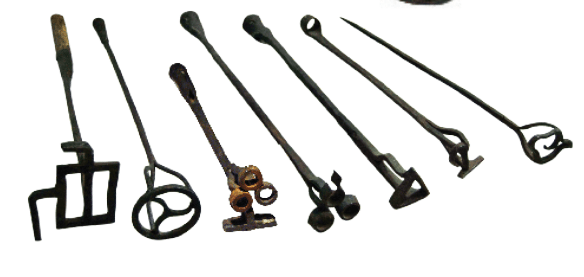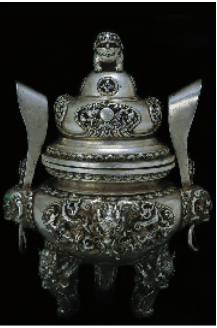 Blacksmithing includes a variety of techniques, including casting, welding is inseparable from nomadic pastoral cultures, and is one of the wonders created by the nomadic pastoralists of Mongolia. The steel hearth, fire tongs, and other household tools are made by blacksmiths. Since ancient times, Mongolian artisans have made weapons and other army equipment, as well as tools and instruments, in a communal manner, meaning that blacksmithing workshops are found in many different sites in Mongolia. There are famous designs and schools of blacksmithing, such as Dariganga, Noyon Sevrei and Archuul, and although the artisan creates his work according to customary designs, one can find individual styles in their works. Traditionally, Mongolian artisans transmit their knowledge to the next generation through a master-to-apprentice way. In this method, the master becomes both a parent and teacher for the apprentice. After learning the skills and knowledge of previous generations, Mongolian artisans do not imitate their masters, but instead re-create and develop the proficiency and skills with their own manners and techniques. Blacksmithing artisans create their works with numerous techniques, from simple weaved patterns to extraordinary ornaments that shows off the outstanding skills, sense of art, and exceptional talents. Erentei, Chavgants, and Duldaarii of Dalaichoinkhor designs; Damba, Düinkher, Molom, and Tüvshinbayar of Dariganga designs; Tojil of Batnorov design; Tselkhaajav of Avdarbayan design and the First Bogd Öndör Gegeen Zanabazar, and many other prominent and distinguished artisans have earned a place in art history for their masterpieces.
Blacksmithing includes a variety of techniques, including casting, welding is inseparable from nomadic pastoral cultures, and is one of the wonders created by the nomadic pastoralists of Mongolia. The steel hearth, fire tongs, and other household tools are made by blacksmiths. Since ancient times, Mongolian artisans have made weapons and other army equipment, as well as tools and instruments, in a communal manner, meaning that blacksmithing workshops are found in many different sites in Mongolia. There are famous designs and schools of blacksmithing, such as Dariganga, Noyon Sevrei and Archuul, and although the artisan creates his work according to customary designs, one can find individual styles in their works. Traditionally, Mongolian artisans transmit their knowledge to the next generation through a master-to-apprentice way. In this method, the master becomes both a parent and teacher for the apprentice. After learning the skills and knowledge of previous generations, Mongolian artisans do not imitate their masters, but instead re-create and develop the proficiency and skills with their own manners and techniques. Blacksmithing artisans create their works with numerous techniques, from simple weaved patterns to extraordinary ornaments that shows off the outstanding skills, sense of art, and exceptional talents. Erentei, Chavgants, and Duldaarii of Dalaichoinkhor designs; Damba, Düinkher, Molom, and Tüvshinbayar of Dariganga designs; Tojil of Batnorov design; Tselkhaajav of Avdarbayan design and the First Bogd Öndör Gegeen Zanabazar, and many other prominent and distinguished artisans have earned a place in art history for their masterpieces.

Copper Embossing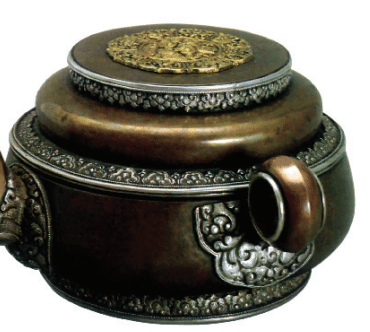
Using the flexibility of copper, Mongolian artisans have created various objects by embossing copper. There is a special tool called khööltüür, made of steel, that is used for copper embossing.
Metal Forging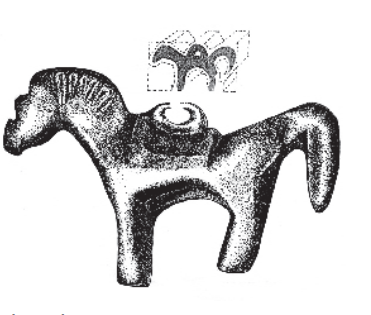
Gold, silver and other metal alloys are poured into a special cast and processed for various art creations. During the Bronze Age, artisans would make bronze needles, daggers, and knives with the help of stone casts. Later, brass and other metals came into wide use. Masterpieces, such as “Green Tara and the Five Deities” by Öndör Gegeen Zanabazar, are classic examples of this kind of craft. Tsutguuriin urlal is one of the costliest types of blacksmithing.
Filigree
This is one of the finest blacksmithing techniques. It utilizes silver sheets, silver threads, mercury, and blacksmithing equipment. Utsan süljmeliin urlal requires a delicate sense, outstanding skill, and a deep wisdom from the artisan.
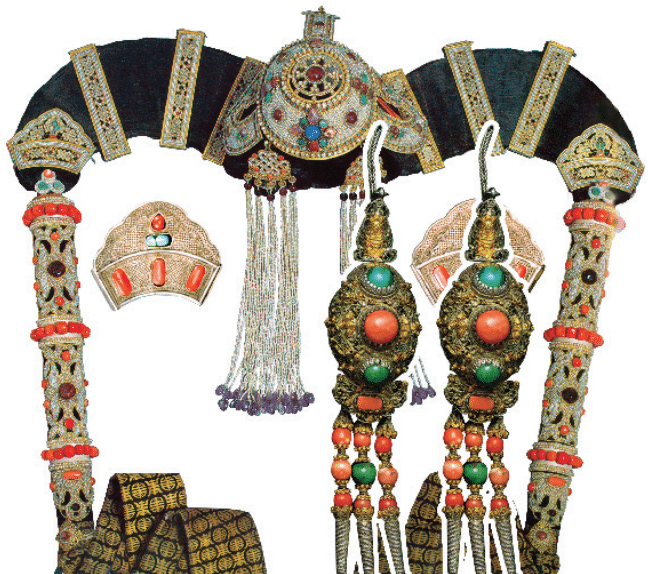
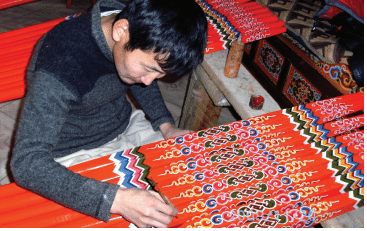
Traditional in Lay on Metal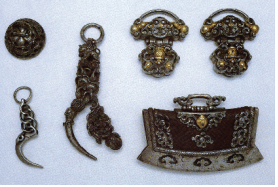
Jiijüüdekh engraved steel and inlay-melted silver or silver threads is a way of blacksmithing ornaments that uses in its grooves. Jiijüüdekh has a beautiful appearance, as this way of blacksmithing employs multi-colored melted metals on engraved grooves of steel.The pattern and ornaments made of this technique are called jiijüü ornament.
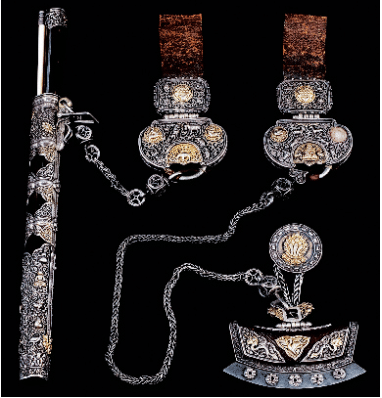

Casting Silver Bowls
As widely used and greatly respected by the Mongolians, cast silver bowls are one of the most popular items made by blacksmiths. When casting a silver bowl, a special model of a bowl is used to shape the melted silver sheet with the help of various traditional tools and techniques. The decoration of the silver bowl clearly demonstrates the skill of the artisans, as well as the quality and style of the silver mold. The most popular ornaments for silver bowls include the animal-ornaments symbolizing strength and power, such as the dragon and lion, and geometric ornaments symbolizing longevity and prosperity, such as ölzii khee.
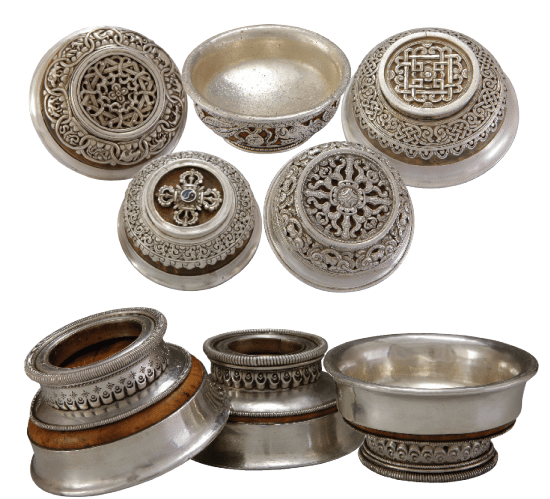
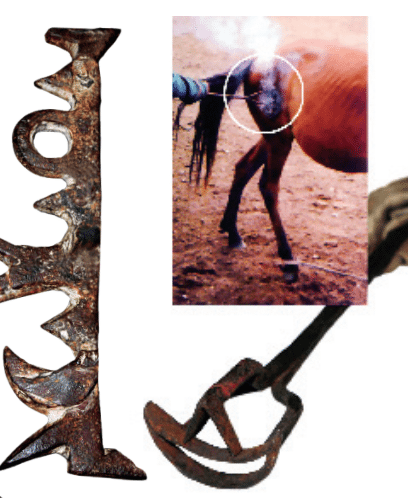 Horse Brand-Making
Horse Brand-Making
One of the most respected household items made by a blacksmith is the horse-brand. Mongolian horse-brands are shaped into symbols that are associated with the tribes or ethnic groups to which the nomadic herder belongs. In making a horse-brand, delicacy is of high importance to prevent the horse from any post-branding wounds.